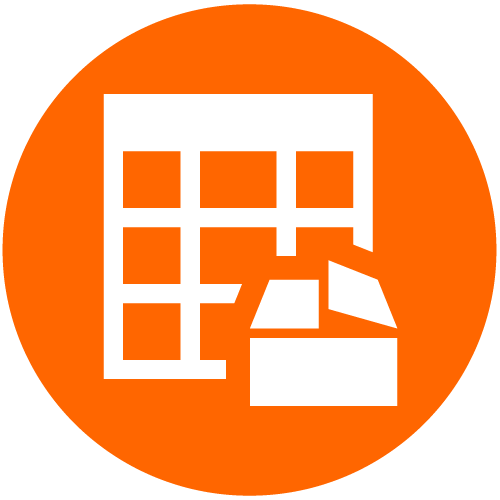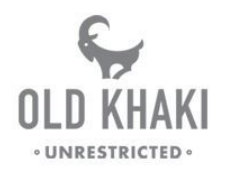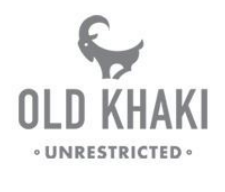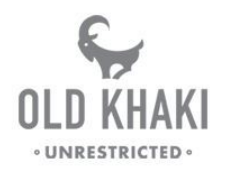Title Page
-
Site conducted
-
Document No.
-
Conducted on
-
Prepared by
Scan Header
Scan Header
-
Store
- Store 1 - Zeelandia
- Store 2 - Santa Maria
- Store 3 - Santa Rosa
- Store 5 - Bonaire
- Store 6 - Sint Maarten
- Store 9 - Primavera
-
Which department or location is being scanned?
Merchandising Scan Details
-
Are the aisles and floor area clean?<br><br>Make sure aisles are clear. There should be no mess in aisles for customers to walk down. There should be no litter, tags lying around or general mess as this will put customers off walking down that aisle or they may even just leave the store as at the end of the day, no one wants to walk down a shoe aisle only to find chip packets everywhere.<br><br>-There are no empty or abandoned boxes on the floor<br>-Replenishment is limited to a single wheeled cart with a small foot print i.e. NO PALLETS!<br>-Aisles are kept clean of plastic, carton, and trash so that customers can always gain easy access to the products<br>-All lighting in the racking is in good working order
-
Is every item signed and priced?<br>Having correct and good condition product/category signage can ensure customers are satisfied when shopping around. Customers do not want to see the handwritten, unprofessional, missing, or wrong price tags or signs at products.<br><br>-All products are priced<br>-Signs are used correctly (wobblers, etc)<br>-Every SKU is priced and signed<br>-Every multi (double) faced SKU has a price and sign for every facing<br>-Fast Find is always implemented for decorative of technical displays to ensure customer self service<br>-Drop tags are always used for show models that are taken out of the box for display<br>-The price tag or sign is dated and always less than 12 months old
-
Is every item replenished and stocked on the shelves?<br>Organise the stores shelves so they are presentable. Customers do not like seeing cluttered shelves or racks. It puts customers off looking for anything as they fear that they product they're looking at may have the wrong tag on it. Use the sub-checklist below to organise shelves correctly:<br>1 - Heavy and bulk items stored on bottom shelves<br>2 - Shelves are full of stock<br>3 - Stock has been fronted correctly<br>4 - Make sure all products in the right shelf<br><br>Also look at:<br>-Products are being down-stocked and shelves are replenished every day (e.g. at the start of first shift)<br>-Shelves and peg-hooks are always stocked to maximum capacity<br>-Products are always squared off, pulled forwards, faced off neatly and organised<br>-Empty shelves and peg hooks should NEVER have top stock or warehoused back stock
-
Is top stock organised and labelled correctly?<br><br><br>-Top stock is always kept free from the over hanging light coves<br>-All boxes are labeled using the Top Stock label <br>-Top stock is always organised directly above the SKUs planogram location<br>-Top Stock Fast Find methods are always used for high density /volume planograms (e.g. spray paint). Using the last digit of the SKU number to organise the top stock from left to right and 0 (zero) to 9 (nine), respectively
-
Does every gondola upright have a correctly signed and replenished impulse clip strip?<br><br><br>-Every other gondola upright post has a clip strip or cross merchandised SKU<br>-MAX one SKU per clip strip<br>-Every clip strip or cross merchandised product is always priced and signed<br>-Every clip strip or cross merchandised product is always fully stocked and replenished <br>-The clip strips and cross merchandising is related to the department<br>-The price point of the clip strip and cross merchandising items are always lower than US$ 15
-
Is the full/parttime owner of this department or location present and engaging customers proactively?<br><br><br>-The salesperson is proactively engaging customers in the department<br>-The salesperson has been trained and coached by a supervisor in the merchandising principles in the past 6 months<br>-The salesperson is maintaining his department in a timely manor (e.g. start of shift instead of end of day) and is applying the correct merchandising principles<br>-There is enough staff hours assigned to the department to fulfill the customer (traffic) demand during the week













